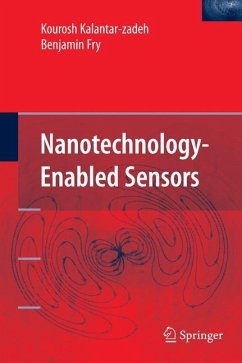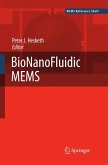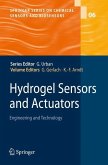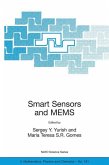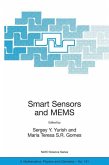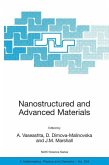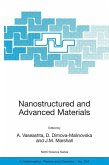Nanotechnology provides us with tools to create functional materials, devices, and systems by controlling materials at the atomic and molecular scales by making use of novel properties and phenomena. Considering that most chemical and biological sensors, as well as many physical sensors, depend on interactions occurring within the nanoscale range, the impact that nanotechnology will have on the sensor world is significant. Nanotechnology-enabled sensors find applications in several fields such as health and safety, medicine, process control and diagnostics. Nanostructured materials will be increasingly used for the development of next-generation of chemical, physical and biosensors, attracting interests in the scientific and industrial communications. This book provides the reader with information on how nanotechnology enabled sensors are currently being used and how they will be used in the future in such diverse fields as communications, building and facilities, medicine, safety, and security, including both homeland defense and military operations.
From the reviews: "`Nanotechnology-Enabled Sensors' is a textbook giving the reader an introduction to both sensing and nanotechnology ... . focus on broadness of topics without confusing the reader with too many details, and the extensive reference lists at the end of all the chapters, make it a highly appreciable introduction to the field of nanotechnologyenabled sensing. This book is an excellent tool both for graduate students (after bachelor level) and scientists wishing to obtain a good, concise overview of both nanotechnology and sensing ... ." (Peter A. Lieberzeit, Analytical and Bioanalytical Chemistry, Vol. 392, 2008) "Nanotechnology-Enabled Sensors provides the reader with a deep understanding of the concepts of nanotechnology enabled sensors ... . this book provides a good basis for anyone entering or studying the field of nanotechnology enabled sensors. It not provides a good basis for the inexperienced practitioner but also could be very useful to those with some experience. ... Nanotechnology-Enabled Sensors should be very useful for both: researchers as well as final year graduate and post graduate students ... ." (Sergey Y. Yurish, Sensors & Transducers Journal, Vol. 98 (11), 2008) "There is currently no textbook that captures the advances in motion during the last decade. The authors have attempted to fill the void with this book ... . The book is intended for a general audience with a background in university level physics and chemistry. ... The book provides a good introduction to sensors for beginners-the definitions unique to the field, basic theory behind the operation, and transduction platforms are all strong points." (Meyya Meyyappan, IEEE Nanotechnology Magazine, December, 2009)

